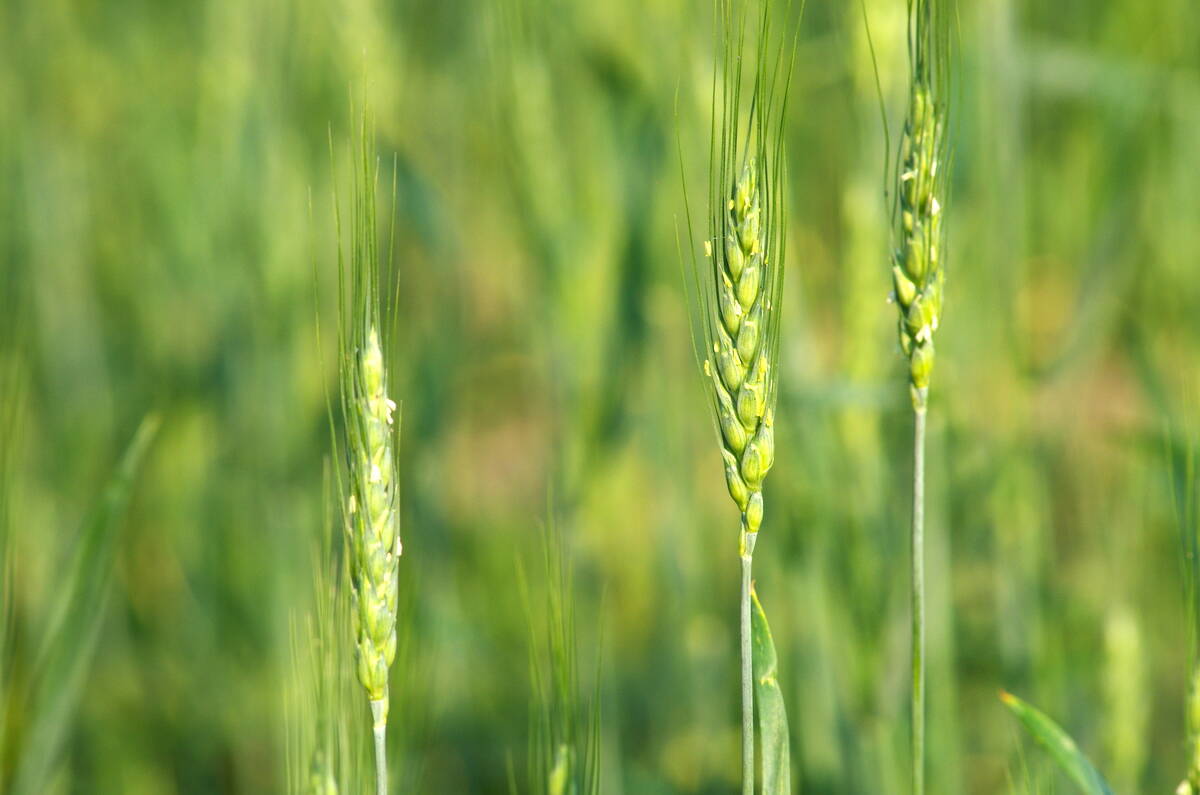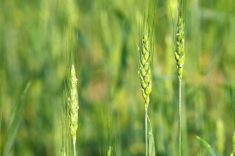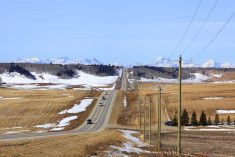A grain bin listing service and “flexibility” in spring load limits on provincial roads are among the moves Manitoba plans to pursue to get “at-risk” grain out of harm’s way in view of the current grain freight backlog.
The province on Wednesday announced it will launch a review of flood-prone areas to help farmers move at-risk grain, and establish a grain bin listing service to “assist producers in obtaining alternate storage locations” for grain at risk.
Without providing specifics, the province also said it will be “ensuring flexibility on road restrictions to help move grain through the spring.”
Read Also

California researchers create nitrogen-fixing wheat
U.S. crop breeders have created a wheat variety capable of creating its own nitrogen fertilizer.
The plans are the work of a provincial cabinet task force including Agriculture Minister Ron Kostyshyn, Infrastructure and Transportation Minister Steve Ashton, Municipal Government Minister Stan Struthers and Economy Minister Theresa Oswald.
“Our priority is ensuring Manitoba farmers have access to trade corridors to move their grain to market in all directions — east, west, north and south,” Kostyshyn said in a release.
“Some of these corridors, particularly to the U.S. and eastern ports, are not being serviced adequately by railways at this point.”
Manitoba’s moves follow the federal government’s announcement last week that it would impose penalties of up to $100,000 a day on Canada’s big two railways unless they substantially increase their volume of Prairie grain shipments. [Related story]
Premier Greg Selinger said Wednesday the province welcomed the federal order-in-council and, in the meantime, is “committed to making sure the unique challenges facing Manitoba are addressed.”
The province’s most recent flood outlook, on Feb. 28, suggested that without “additional significant precipitation” before spring thaw, the potential for a spring flood would be “below or near normal” in most areas of the province, due mainly to near-normal soil moisture at freeze-up and near-normal water content in the snowpack. — AGCanada.com Network















